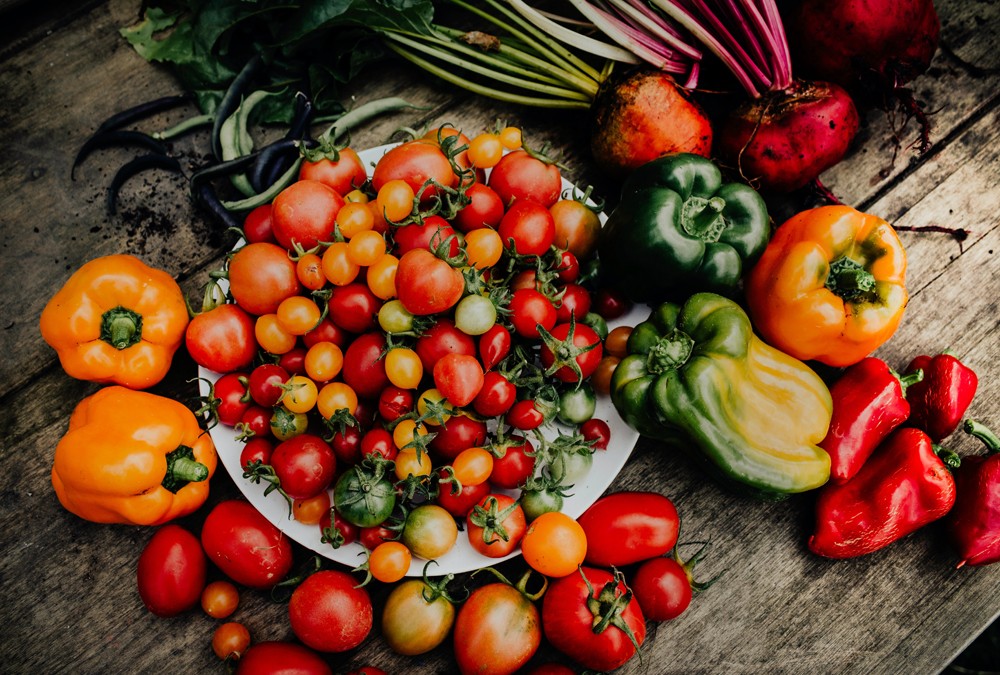1. Herbs
Make a mental note of what your mature herb production looks like. Then cut herbs back as
frequently as possible once they’re ready. Store in a dry paper towel in your fridge to absorb any
moisture they might have.
2. Tomatoes
When the tomato releases easily from the stem, you know they are ripe.
You can also judge them based on colour. Different varieties of tomatoes produce different
coloured plants and fruits, so make sure to check your variety first and harvest when the colour is
right.
3. Peppers
Harvesting peppers can be a game of guessing. If it’s a green pepper plant, you should be okay
to pick them regardless of size. Don’t wait for them to turn red, orange, or yellow because their
flavour changes.
4. Lettuce
The best time to pick lettuce is while the weather is still cool outside. Use scissors to cut leaf
lettuce, or use a sharp knife to cut a whole head of lettuce when it has reached the desired size.
5. Green Beans
Green beans should be picked when they have almost reached their full size. You don’t want
them to fully mature because they become tough and full of large beans.
Don’t pick green beans in the morning because they are still wet with dew. Doing so could
spread diseases to your crops.
6. Peas
Harvesting peas is a trial and error. When you see the peas swelling and forming pods, you
need to pick one to see what is inside.
When you open the pod, if the peas are the desired size, start picking the others. If not, wait for a
little longer to begin picking.

Close

